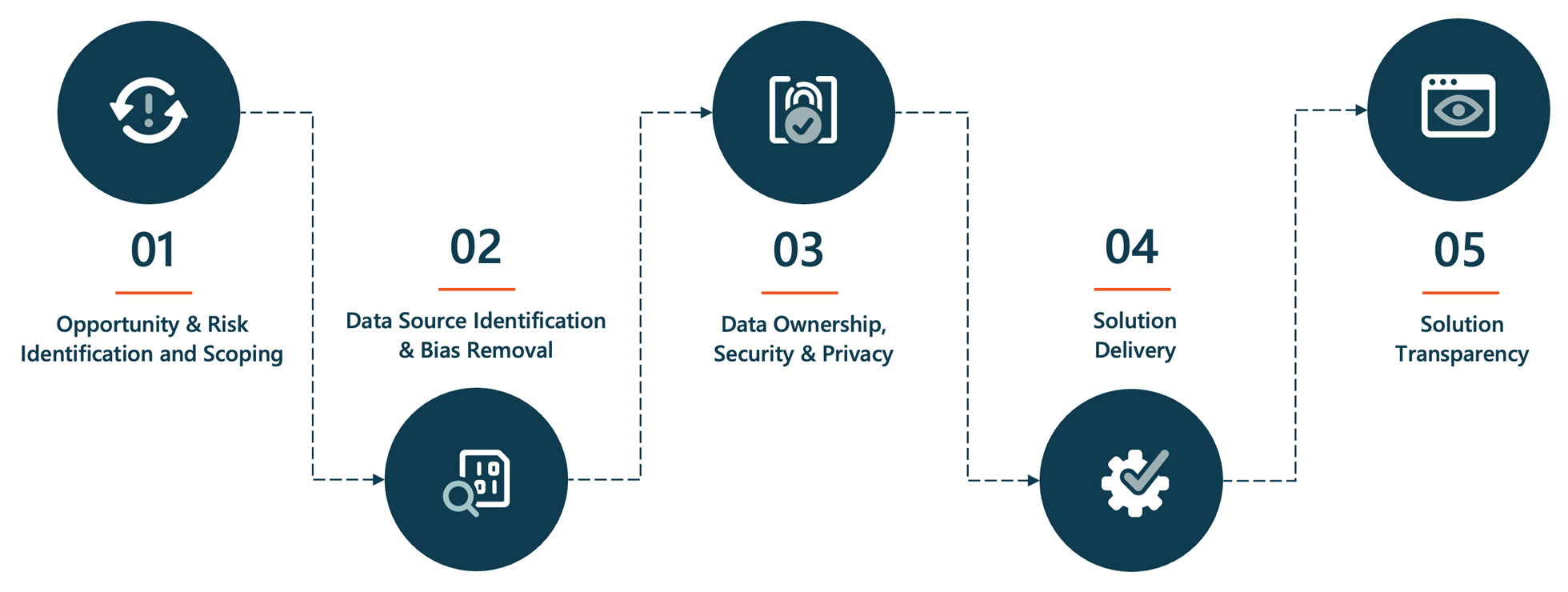The Rising Tide of AI Independence: What Lies Ahead for OpenAI and Microsoft
Since its inception, OpenAI has risen remarkably within the tech ecosystem, fueled by substantial investments from Microsoft. The partnership has proved lucrative: over $13 billion in backing since 2019 has not only elevated OpenAI’s financial standing—valued recently at $157 billion—but has also bolstered Microsoft’s Azure cloud services, allowing it to compete more effectively against AWS. Yet, as generative AI landscapes evolve rapidly, questions arise about the sustainability of this close partnership and what a potential separation could mean for both entities.
Strategic cloud decisions are reshaping tech landscapes.
This collaboration has been instrumental in fostering innovation on both sides. Eric Boyd, Microsoft’s AI platform head, noted the partnership has attracted around 60,000 customers to Azure AI, contributing to a revenue growth of approximately 30% for Microsoft in the past quarter. However, tensions have surfaced, suggesting that as OpenAI matures, it yearns for greater autonomy—a sentiment echoed by various board members and investors.
The looming tension stems in part from that significant portion of the market still dominated by AWS. With AI stakes growing ever higher, calls for a more liberalized approach to OpenAI’s business model are becoming more pronounced. Proponents argue that freeing OpenAI from its exclusive Microsoft arrangement could expand its market footprint, ultimately benefiting Microsoft’s equity stake in whatever future emerges.
“In the long run, a broader market access for OpenAI would mean increased revenue that could favor all stakeholders involved.”
The Expanding Landscape of AI Startups
Concurrently, the AI startup ecosystem is witnessing a wave of funding that underscores the demand for innovative, AI-driven solutions. Take Sierra Technologies, for instance—a newcomer that recently raised $175 million, bringing its valuation to $4.5 billion. Co-founded by former Salesforce executive Bret Taylor, the company specializes in virtual assistants aimed at enhancing customer engagement across various sectors such as home security and hospitality.
AI agents are becoming prominent brand ambassadors in customer service.
Sierra differentiates itself by marrying AI capabilities with personalized brand experiences, making their chatbots contextual and efficient. This reflects a broader trend where companies seek AI not just for operational efficiency, but as vital components of their brand identity. Sierra’s chatbots leverage existing large language models, which signifies an industry movement toward creating “constellations” of AI tools rather than relying solely on one provider.
Following suit, the AI landscape is increasingly populated with ventures like Revyl, a Canadian-founded startup focused on software bug detection using generative AI. Having secured $1.1 million USD in funding, Revyl aims to revolutionize how organizations handle bugs and testing—an essential task that can hinder development timelines and inflate costs. Their approach, which merges telemetry data with testing protocols, underscores the potential of AI to redefine traditional pipelines in technology.
What’s Next for OpenAI, Microsoft, and the AI Ecosystem?
As AI continues its relentless growth trajectory, questions about regulatory challenges and competitive dynamics loom large. With entities like the U.S. Federal Trade Commission and the UK’s Competition and Markets Authority beginning inquiries into the Microsoft-OpenAI alliance, long-term implications could reshape not just the partnership itself but the entire landscape of AI interactions.
Regulatory inquiries may reshape future AI partnerships.
As Microsoft diversifies its portfolio, integrating other LLMs while cautiously navigating its position relative to OpenAI, the future remains uncertain. While they may find their paths diverging, the demand for solutions that unite AI potential with business needs will only amplify.
Many anticipate it could take years for market leaders to crystallize amid increasing competition. The evolution of AI services suggests that firms are not only depending on one primary provider but looking toward tailored solutions—a hybrid model that utilizes an array of technologies to serve distinct business objectives more effectively.
Conclusion
The trajectory of AI, particularly concerning heavyweights like Microsoft and OpenAI, is scripted not merely in financial figures but in relationships, user expectations, and regulatory landscapes. As both partnerships and standalone startups like Sierra Technologies and Revyl emerge, they symbolize the robust adaptability and ingenuity saturating the AI ecosystem. The ongoing narrative will certainly provide fertile ground for exploration, innovation, and perhaps a new paradigm in how enterprises leverage AI technologies.
As we witness this metamorphosis, one thing remains certain: the tides of change are relentless, and as AI continues to mature, its impact on societies and industries will be profound and far-reaching.


 Photo by
Photo by 












